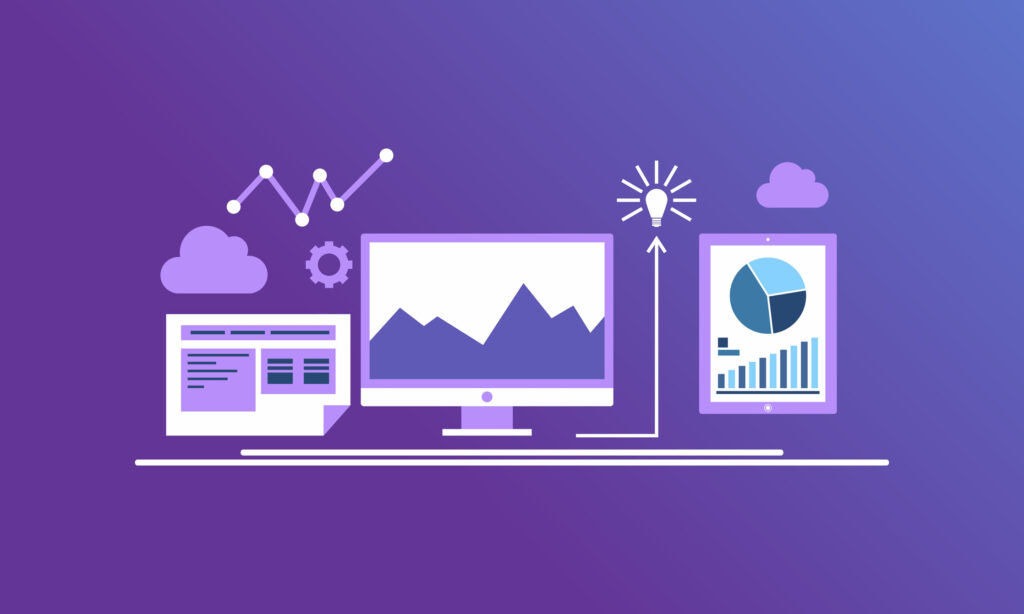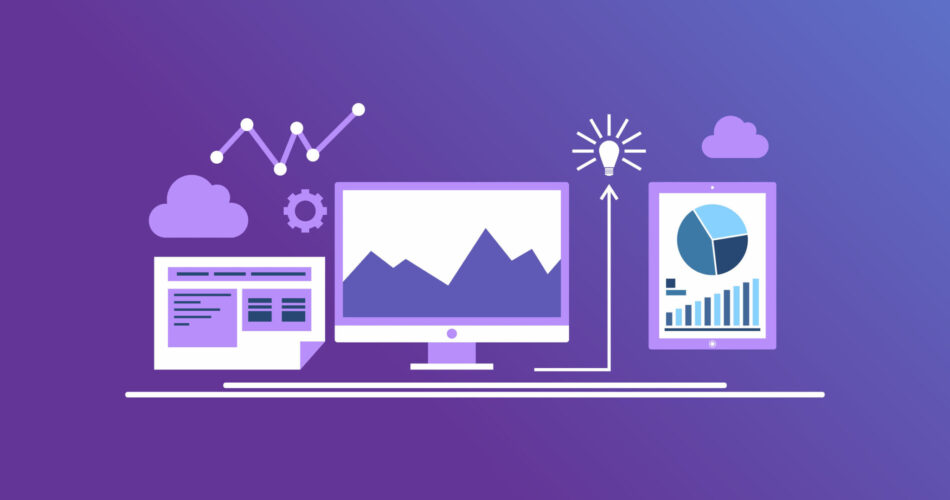Paid digital advertising – advertising on the Internet – is not just here to stay but is inarguably the most dominant form of advertising in the modern world.
We spend record amounts of time online, mostly on our phones. Web ads, targeted email campaigns, video ads, promoted tweets, paid search results, and native advertising on platforms and apps are just some of the different ways companies try to reach their target audiences and boost sales through the Internet.
But how does any of it work? And how is a young business, a startup, or an established company with a small to nonexistent digital footprint supposed to leverage the power of the world wide web? Let’s explore that question in greater depth and learn more about how we can make the most of paid digital advertising.

What is Paid Digital Advertising?
Paid digital advertising allows you to pay to attract relevant traffic to your website. Unlike SEO, paid digital advertising requires you to pay month after month to maintain a constant flow of traffic to your funnels.
Paid ads on the internet don’t work like they do on TV or for most other mediums. This is because online ads are interactive and much easier to track. Let’s explain. If you’re buying space on a billboard, you pay a set fee for a certain amount of space and time. If you’re buying a TV spot, you’re paying per second or minute on the air. If you’re buying fliers, you’re paying for the printing costs and, depending on where you plan to hang them, you might also need to pay for space.
With a paid digital advertising, what you’re usually paying for is either a click or an impression.
What is a Click? What is an Impression?
In paid digital advertising, a click is a click or interaction with your ad. An impression is a user who has been presented with your ad. In traditional advertising terms, an impression is a person who watched your commercial, whereas a click is a call for the number on the ad.
Most digital advertising agencies and platforms rely on these metrics to sell ad space or generate revenue. The Facebook Advertising Network, for example, is a vetted algorithmic recommendations system that pulls from a pool of paid ads and presents these to relevant target audiences based on the advertiser’s specific instructions and required demographics. Such ads can be bought per click (pay per click) or per impression (pay per view).
When we distinguish between paid digital advertising and organic ads, we’re making the distinction between the different methods through which you can advertise your business on online platforms like Google, Instagram, Twitter, and YouTube and the content you put out of your own business. Producing a YouTube video to promote your product costs money, but it is not necessarily a form of paid digital advertising. It is content creation. Most paid digital ad campaigns are pay-per-click or pay-per-view.
It’s important to note that this is not always true. The majority of ad platforms on the Internet work this way. But some advertising channels, particularly a few new ones, do not. The two big ones are podcast ads and influencer product promotion. Podcasts are nothing new, but they’ve picked up a massive amount of steam as of late. There are more podcasts than ever, and people are tuning in at return levels. This can be incredibly lucrative if a certain podcast’s audience also tends to line up nicely with your own target audience.
This is where product placements and ad spots can be bought, usually as flat deals. For example, you might offer a few thousand dollars for podcast with several tens or hundreds of thousands of active weekly listeners to promote your product in an ad break at least once per podcast for four to six weeks. Similarly, you might offer a set amount for a single TikTok from a popular comedian or content creator.
What Are the Different Types of Digital Ads?
There are many ways to market your content online. Not all of them are going to be right for you. Here are a few different types of digital ads to consider.
- Search engine advertising – these are ads featured under certain search terms on a search engine’s top results. These ads will be marked as promoted and might range from a product reel to a selection of links above the first organic search result.
- Social media advertising – ad campaigns launched on social media platforms like Facebook, Instagram, and Twitter, usually composed of ads on the side of the site, promoted posts, or promoted products and links between items on a user’s feed.
- Display ads – typical visual banners displayed through ad networks on affiliated websites, apps, and platforms.
- Native ads – these are ads built to match the website or platform that they are displayed on. They are more specialized than general display ads.
- Video ads – these are the ads you might see on a streaming service like Twitch.tv, or YouTube.
- Podcast ad spots and influencer ads – as mentioned previously, these are examples of traditional radio ads or TV spots brought into the modern era of TikTok and Spotify.
Which Forms of Paid Digital Advertising Are Worth It?
Each method has important pros and cons, and it’s crucial to discuss the specifics of any given ad campaign with a marketing professional or agency with the tools needed to calibrate your campaigns, interpret key data, and change campaigns on the fly based on your performance indicators.
Data is king in advertising. Nearly all successful ad campaigns nowadays must be targeted – and the information needed to commit to that targeting can be immense. In most cases, you can find success by going to a professional for a thorough competitive audit. A partnered marketing agency can help identify what your competition is doing to get ahead and find out how you can improve on their strategies and tactics to get the ball rolling. As you gain better insight into what works and what doesn’t through A/B testing and data analysis, you can start to refine your ad campaigns and build on your successes.
Source link



